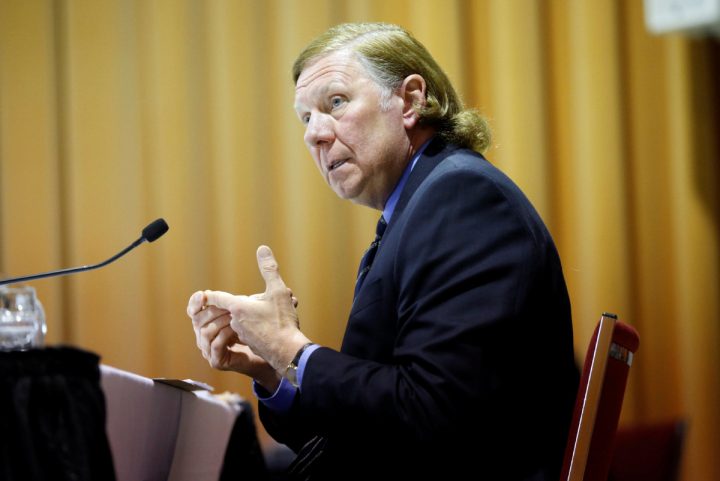
Reflections on a ‘Supreme’ Question & Answer
Sabrina Molinari and I were proud to represent Osgoode Hall Law School at the Question & Answer session of Justice Malcolm Rowe. The first article of this series described the newly modified Supreme Court nomination process and some reflections on the Justice Rowe’s responses to questions. In this article, I take the opportunity to reflect—as an observer in the room—on the significance of the new Question & Answer session.
The Trudeau government’s purpose for the town hall was to create a transparent and accountable government process for a historically closed-doors appointment process. However, as I observed the question period, it occurred to me that the government’s purpose was something quite different from those of us sitting in the room, and that having a multitude of purposes was a good thing.
By my count, there were in fact three unique purposes for the town hall. They correspond to the three different positions—and three different social locations—of the people involved.
First, there was the Liberal government. Theirs was the only purpose that was clear (and clearly stated) from the outset—to provide access to, and involvement in, the process.
Next, there were the representatives from the House and Senate—political leaders representing a range of parties, views, regions, cultures, and languages. What was their purpose in participating in the town hall? Observing the questions asked—their phrasing, their content, and the follow-ups that flowed from them—made me realize that the people around the table wanted an active role in the selection process. They wanted to vet, to critique, to challenge. They wanted to push Justice Malcolm Rowe to provide answers.
And finally, there were the observers. Law students from across the country filled the room and were given a chance to witness the first ‘public introduction’ of a Supreme Court Justice. As an observer, my purpose was not to judge; it was to get to know. It was to witness a member of the judiciary reason through the law and his role on the bench. For me, the question period was a window into the mind of a system that tends to be insular and closed-off.
I realized very quickly that the first two purposes conflicted. The process’ design prevented the questioners from getting answers to the issues they wanted—and sometimes tried—to discuss. That design was that way for good reason. Having an impartial judiciary is a cornerstone of our justice system. We need to know that judges in our highest court will not be tied to an opinion given outside the context of the particular facts confronting them.
The outcome of this design gave me the sense that the politicians in the room were underwhelmed by the process. They did not get what they came for.
But we did. As students of law, and as citizens, we got to witness the start of a new tradition, and perhaps to observe another culture shift for the Supreme Court of Canada. A shift away from the culture where judges feel they need to shield their thoughts from the public to one where we can—and should—know them from the outset. A culture where knowing a judge enhances the public’s confidence in the administration of justice instead of calling it into question.
I don’t know if the Liberals had this outcome in mind when they designed the town hall process. For some reason, I doubt it. Regardless, I feel extremely privileged to have been a part of it.
